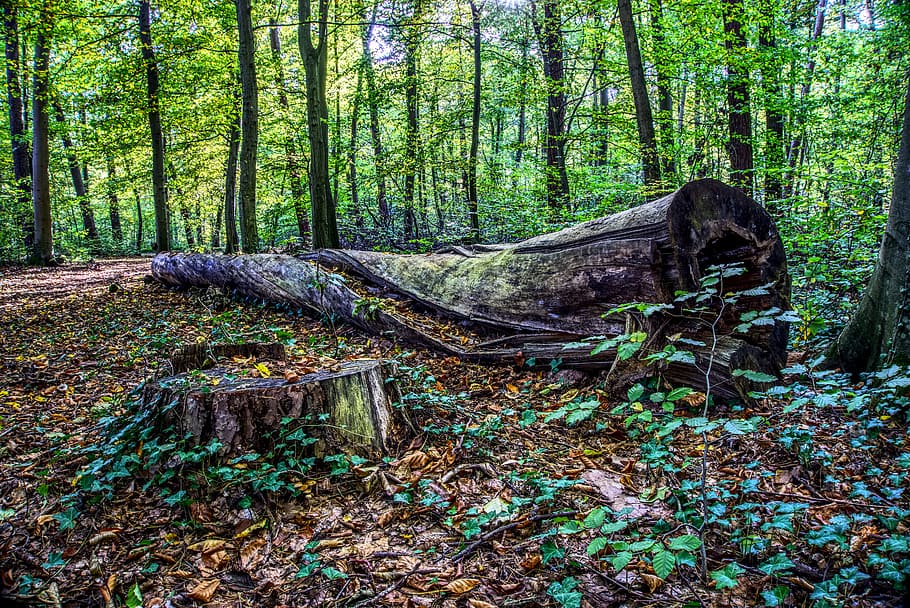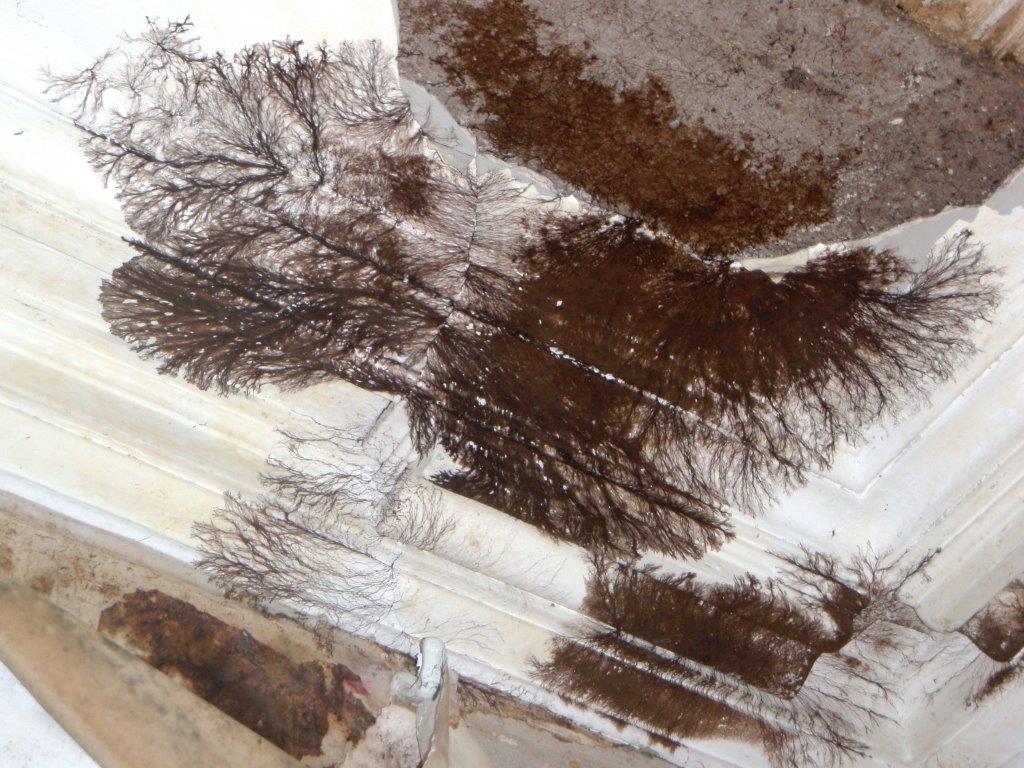
Wood Rot
When carrying out a termite inspection or pre-purchase inspection, the detection of above normal moisture levels is a vital part of the report. Many building problems that will arise in the timber pest industry are moisture related. More importantly if a timber pest problem does not exist at the time of the inspection, but above normal moisture levels are detected, you can just about guarantee that further down the track a timber pest problem will arise.
The majority of fungi that can have an effect on wood will produce spores. These spores will serve a similar role as seeds of a plant. However spores are very light, microscopic in size & can potentially be produced in the millions. Because of their size & weight they can be transported great distances. Most of these spores will land on an unsuitable surface & do nothing. The spores that do land on a wood surface with a moisture content of approximately 28-30% will begin to germinate. This will initiate the complex process of fungal growth, the breakdown of cellulose &/or lignin in the timber to a more soluble compound & ultimately wood decay fungi.

